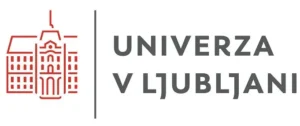News
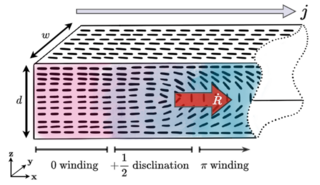
Article in Physical Review Letters
M. Ravnik and colleagues from the USA and Poland published an article in the journal Physical Review Letters entitled Nematronics: Reciprocal Coupling between Ionic Currents and Nematic Dynamics. It is an interdisciplinary model prediction of the potential existence of coupling between ion currents and nematic dynamics. The prediction comes from an interdisciplinary theoretical connection between the fields of spintronics and complex soft matter.
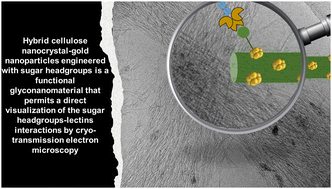
Article in Nanoscale Horizons
Hana Kokot and Iztok Urbančič from the Department of Condensed Matter Physics F5 and colleagues from Italy, Spain and the Netherlands published an article in the journal Nanoscale Horizons with the title Simple engineering of hybrid cellulose nanocrystal–gold nanoparticles results in a functional glyconanomaterial with biomolecular recognition properties. In the article, they presented and characterized a new approach to the synthesis of modular glyconanomaterials: they assembled gold nanoparticles to biocompatible cellulose nanocrystals (CNC) in a unique way, which enabled easy and robust further functionalization of the obtained nanomaterials with various molecules (e.g. polysaccharides and fluorescent probes) via click chemistry.
The obtained nanoparticles are useful for the delivery of active substances in medicine, as they can specifically interact with certain cells in the body, as well as for research of interactions between nanoparticles and living systems, as they can be easily observed with electron and optical microscopy.
Article in Nature Chemical Biology
Assist. Prof. Iztok Urbančič from the Department of Condensed Matter Physics F5 and colleagues from Germany and Sweden have written a commentary article in Nature Chemical Biology with the title Do lipids tune B cell signaling? They compiled a brief overview of known mechanisms and open questions about the function of nanoscale membrane organisation in immune signalling, highlighting the recent study of Shelby et al. that employed super-resolution optical microscopy to elucidate the role of lipids in the activation of B cells.
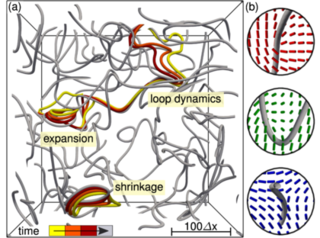
Article in Physical Review Letters
Active nematic fluids are non-equilibrium systems characterized by a chaotic dynamic state known as active turbulence, which in three-dimensional active nematics is realized as a dynamic network of defect lines. Nika Kralj, Miha Ravnik and Žiga Kos showed how active turbulence dynamically reacts to changes in material properties and external parameters, which leads to coarsening and refinement of defect line density. In the limit of passive nematic liquids, such a phenomenon describes the last stage of the Kibble-Zurek mechanism and appears in many physical systems, from cosmic strings to superfluid helium and liquid crystals. The authors show how such a process takes place in active matter, which leads to interesting parallels with cosmic string coarsening models.
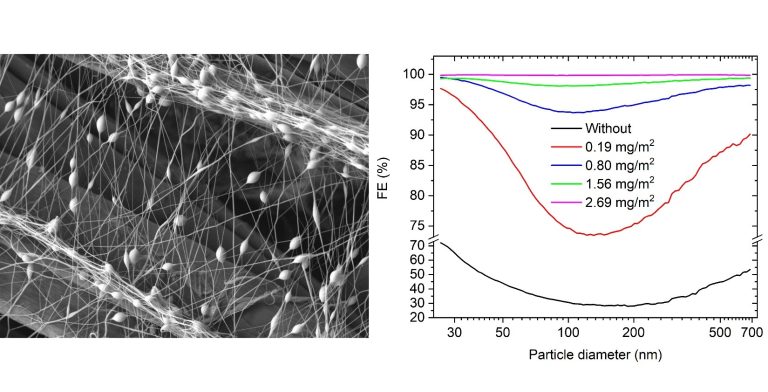
Article in Materials
Gregor Filipič, Luka Pirker, Anja Pogačnik Krajnc, and Maja Remškar from the Department of Condensed Matter Physics F5 and Marjan Ješelnik from smartMELAMINE from Kočevje published a paper in the journal Materials with the title Enhanced Filtration Efficiency of Natural Materials with the Addition of Electrospun Poly(vinylidene fluoride-co-hexafluoropropylene) Fibres. In the article the researchers have increased the filtration efficiency of natural materials by depositing a thin layer of electrospun PVDF fibres. By optimising the layer thickness of the electrospun fibres the filtration efficiency can be tuned and thus significantly reduce the amount of plastic waste.
